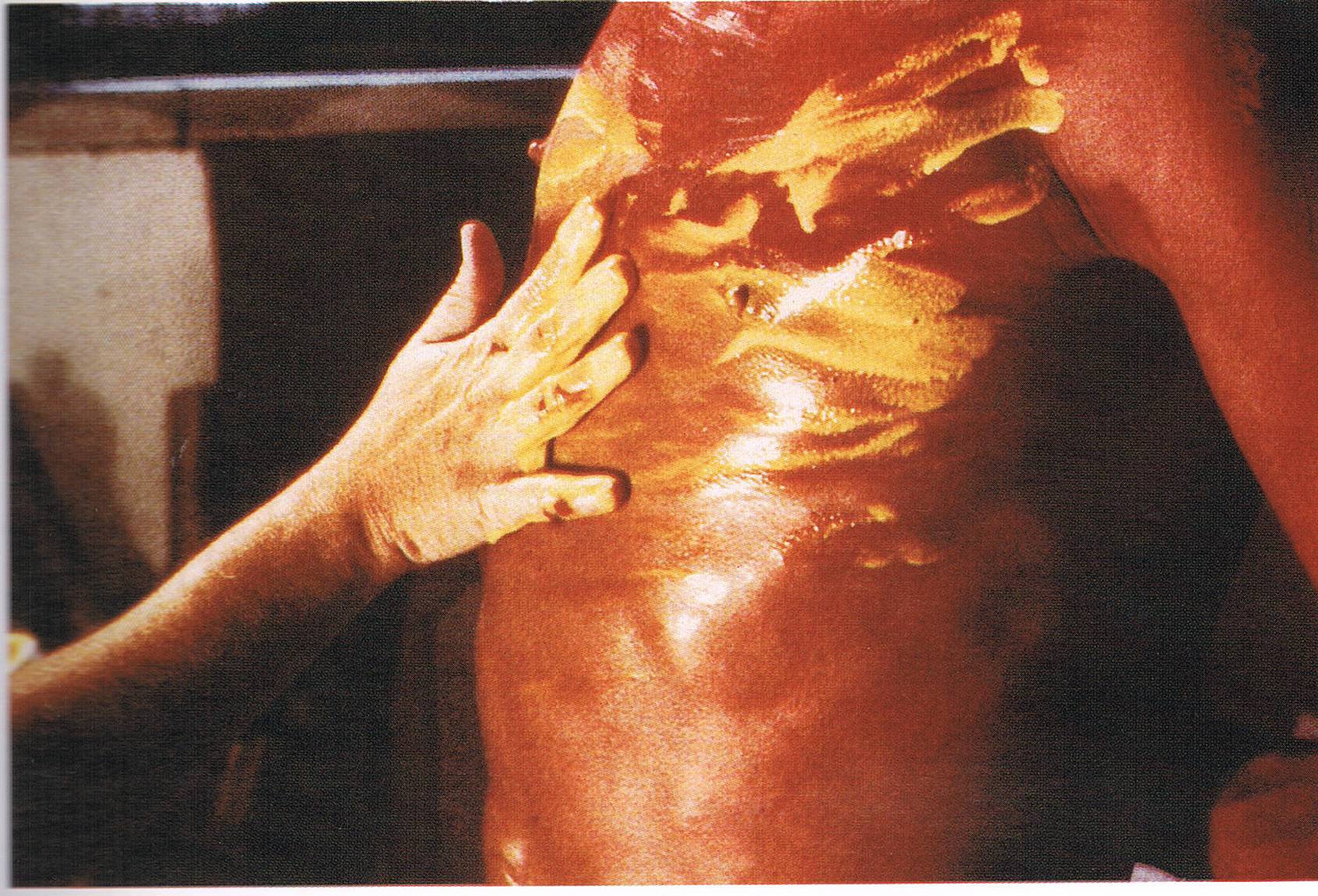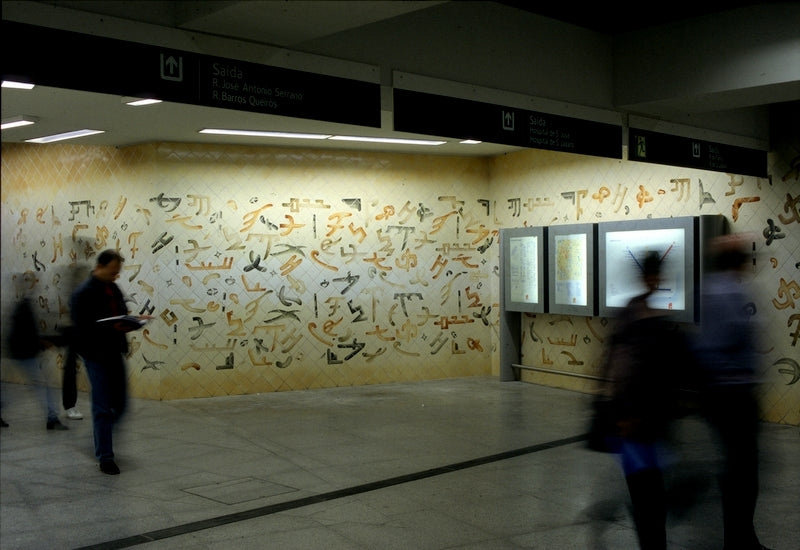
Gracinda Candeias
Gracinda Candeias is an artist with one of the most remarkable careers in the history of Portuguese art. Daughter of a father who is also a painter, José Marques Candeias, she received a scholarship from the Calouste Gulbenkian Foundation, having lived in Paris between 1986 and 1988, where she was tutored by Júlio Pomar and Eduardo Luis.
An unavoidable figure in the Portuguese cultural scene, she is an artist with multiple interests, from painting to scenography, fashion, radio, and her performances were remarkable in the 80s with the Diaspositivos group that she created with João d'Avila, Adelaide Colher, José Fabião and Michel Roubaix.
With a very diversified work, Gracinda is the author of several tile panels in public spaces, the best known being the Metro do Martim Moniz, in Lisbon. Throughout her career she participated in more than 500 exhibitions, namely in cities such as Paris, Lisbon, Brussels, Madrid, Macau, Luanda, Brasília and Beijing. In her career, she has received several distinctions. Her work is represented in several Museums and private collections, in Portugal and abroad.
Photo: Maria Rita
Make up: Joana Espargo
Hair: Cristiano Napolitado - O Cabeleireiro

Diaspositivos
During the 70's and 80's Gracinda Candeias founded a performance group called Diaspositivos with João d'Avila, Adelaide Colher, José Fabião and Michel Roubaix. They were disruptive and creative exploring different techniques. During this period Gracinda experimented with Body Art being the first women artist in Portugal using that technique.

Body art
Gracinda was the first Portuguese women artist doing body art in the 70's. It was disruptive and scandalous in a period Portugal was still a very conservative country.

Public art
During the 90's and 00's Gracinda produced big tile murals that now adorn various city's .

Paintings
During most of her career Gracinda became a master in painting with oil and acrylic. She presented her art works in various exhibitions from Portugal, to Paris and China.

Instalations
Gracinda did two big instalations, the first one with an African theme that travelled the world from 1996 until 1999 and the second an oriental one that was exhibited in Portugal, Macau and Beijing.
The Brilliance part 2

Futura ring dark

The Brilliance part II
The Brilliance part II was inspired by the portuguese artist Gracinda Candeias...
















